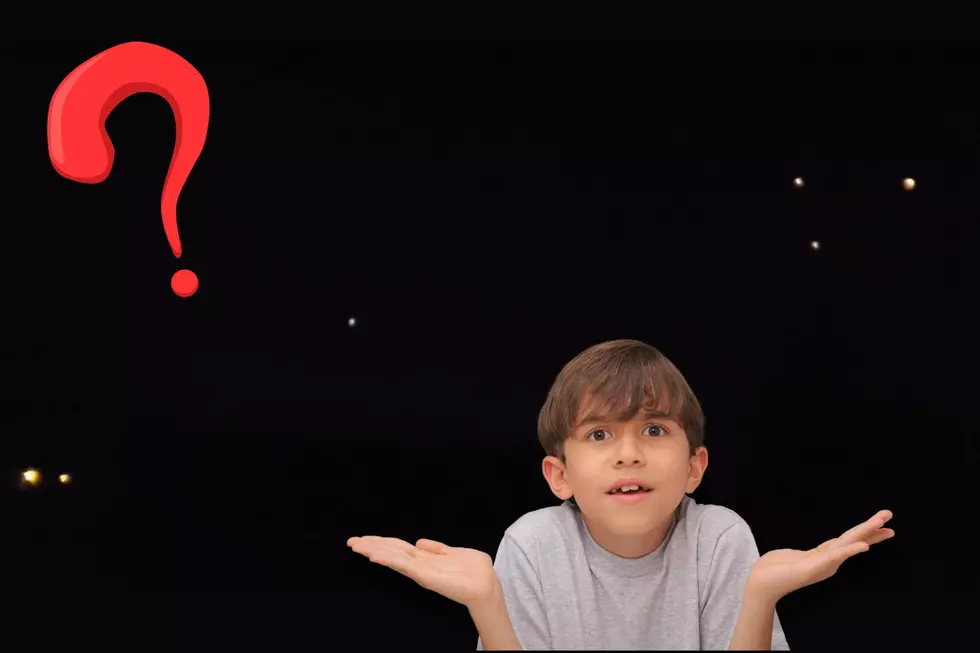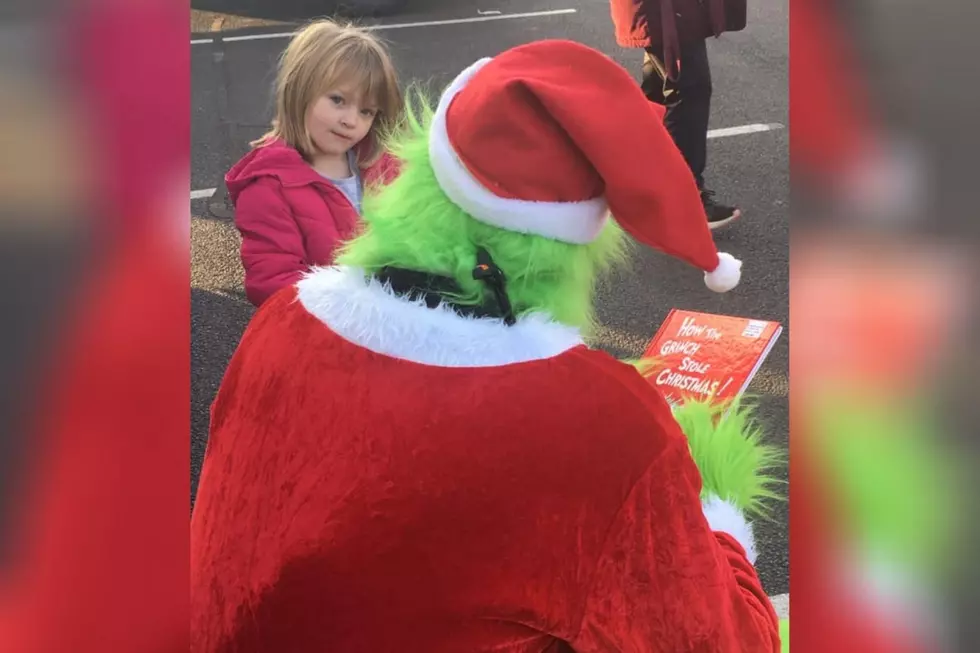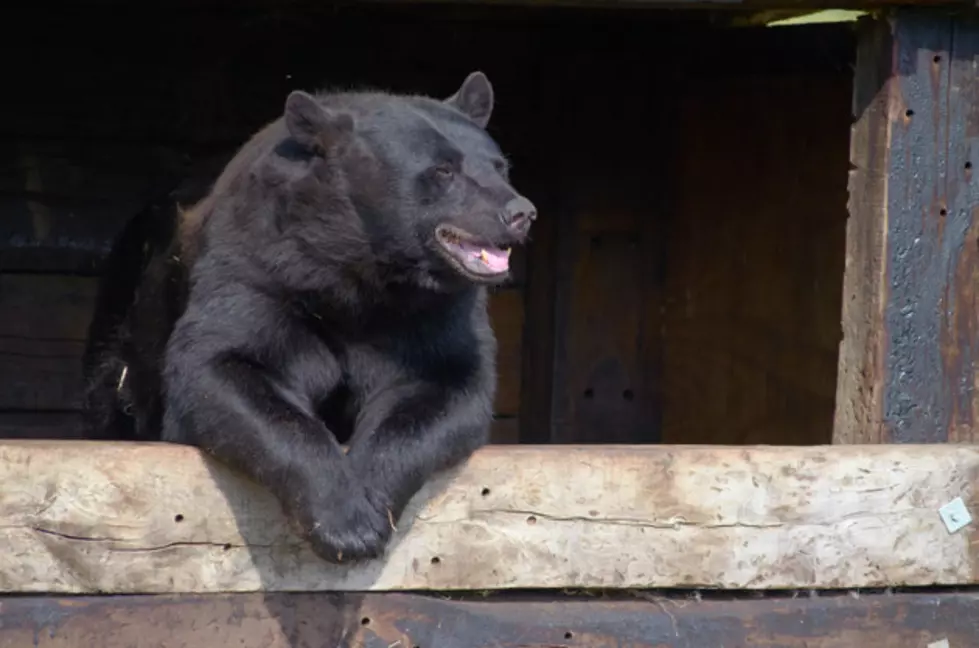
Endangered Species Day Shines Light on Gibson County Wildlife
The Indiana Department of Natural Resources has news of interest for neighboring Gibson County.
Endangered Species Day, May 20, recognizes the U.S. Fish and Wildlife Service and several other national conservation organizations for their nationwide work to protect the United States’ threatened and endangered species.
The day also is a time to honor state agencies that work closely with USFWS, such as the Indiana Department of Natural Resources. These agencies provide the first line of defense to keep species on the decline from needing federal protection.
In the recent past, the DNR has successfully recovered river otters, bald eagles, ospreys and peregrine falcons in Indiana.
A current success story is the resurgence of the least tern, the only federally endangered bird that nests in Indiana. Since the discovery of one pair of these petite and active water birds in Gibson County in 1986, the nesting colony has grown tremendously, and additional sites have been found in southwestern Indiana.
"Endangered Species Day celebrates the diversity of wildlife in the United States. It is a great opportunity to look at how far we have come in working together to prevent extinction," said Scott Pruitt, field supervisor of the USFWS Bloomington office. "The least tern is an excellent example of the power of partnership in conservation as business, government and citizen cooperators came together to save a piece of Indiana's natural heritage."
The original and largest colony of least terns in Indiana is the Gibson County site, where the birds are present on properties owned and managed by Duke Energy, the US FWS (Cane Ridge Wildlife Management Area), and the DNR (Tern Bar Slough).
A record 220 least tern adults were present in 2009 but somewhat fewer terns (150) showed up in 2010. The number of least tern chicks raised in 2010 reached an all-time high of approximately 165 young produced, compared to the previous record of 115 in 2009.
“This astounding growth is the result of hard work by government agencies and business partners cooperating to provide appropriate habitat, and protecting the birds from disturbance and predators,” said John Castrale, DNR nongame bird biologist. “As long as we have the resources to work with this endangered bird, the long-term outlook for least terns in Indiana is optimistic.”
Much of this work is done by DNR Fish & Wildlife’s Wildlife Diversity Program, which is funded primarily by private donations to the DNR’s Nongame Fund, as well as by many Indiana conservation partners.
To learn more about the DNR Wildlife Diversity Program’s work, see www.EndangeredWildlife.IN.gov, where you can help endangered species all year long by donating to the fund.
More From WGBFAM









